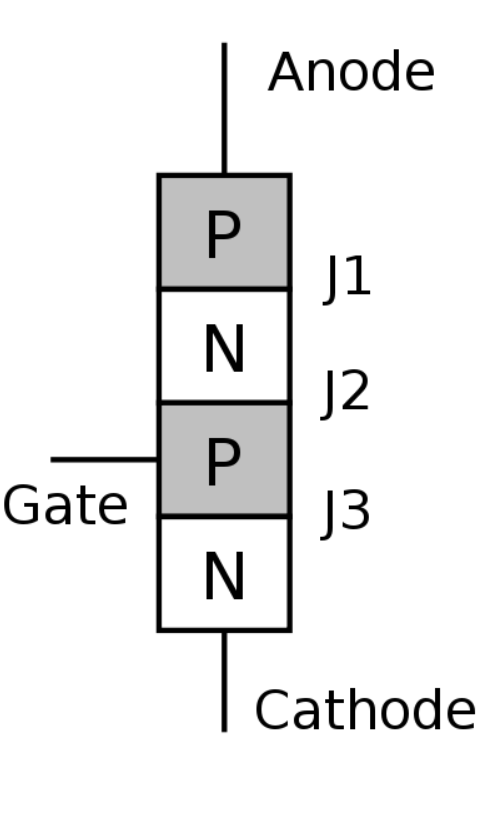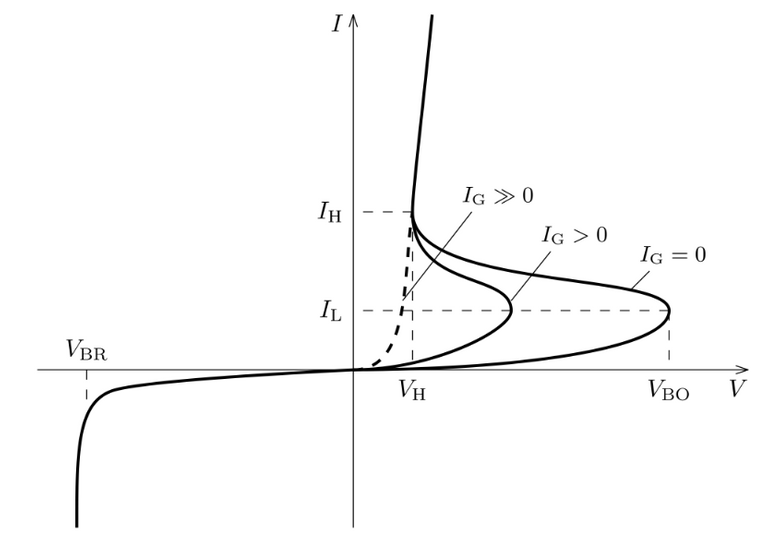Shockley diodes are interested gadgets, but instead constrained in application. Their convenience might be extended, in any case, by outfitting them with another methods for locking. In doing as such, each turns out to be genuine enhancing gadgets (if just in an on/off mode), and we allude to these as silicon-controlled rectifiers, or SCRs.
The thought for the thyristor was first depicted by Shockley in 1950. It was alluded to as a bipolar transistor with a p-n snare authority. The instrument for the activity was broke down further in 1952 by Ebers.
At that point in 1956 Moll researched the exchanging system of the thyristor. Advancement proceeded and more was found out about the gadget with the end goal that the primary silicon controlled rectifiers opened up in the mid 1960s where it began to increase a noteworthy degree of prevalence for power exchanging.
What is SCR
Silicon control rectifier is a semiconductor that goes about as obvious electronic switch. It can change AC into DC and that time it tends to be controlled the measure of intensity feed to the load.So SCR is a joined component of rectifier and transistor

Fig: Symbol
The movement from Shockley diode to SCR is accomplished with one little expansion, entirely in excess of a third wire association with the current PN-PN structure:
(Figure below)
Construction
Applications
AC power control (counting lights, motors,etc).
Overvoltage insurance crowbar for power supplies.
AC power switching.
Control components in stage point activated controllers.
Inside photographic blaze lights where they go about as the change to release a put away voltage through the glimmer light, and afterward cut it off at the necessary time.
Why not we utilized GCR (germanium controlled rectifier)?
The gadget is made of silicon since spillage current of silicon is next to no when contrasted with germanium. Since the gadget is utilized to switch , it will take spillage current in the away condition which ought to be as little as conceivable . This is the explanation of not utilizing GCR.
V_I attributes of a SCR
Forward Characteristics:
at the point when anode is (+)ve W.R.to cathode, the bend between V and I is called Forward Characteristicsof SCR.
Switch Characteristics:
at the point when anode is (- )ve W.R.to cathode, the bend between V and I is called Reverse Characteristicsof SCR.

